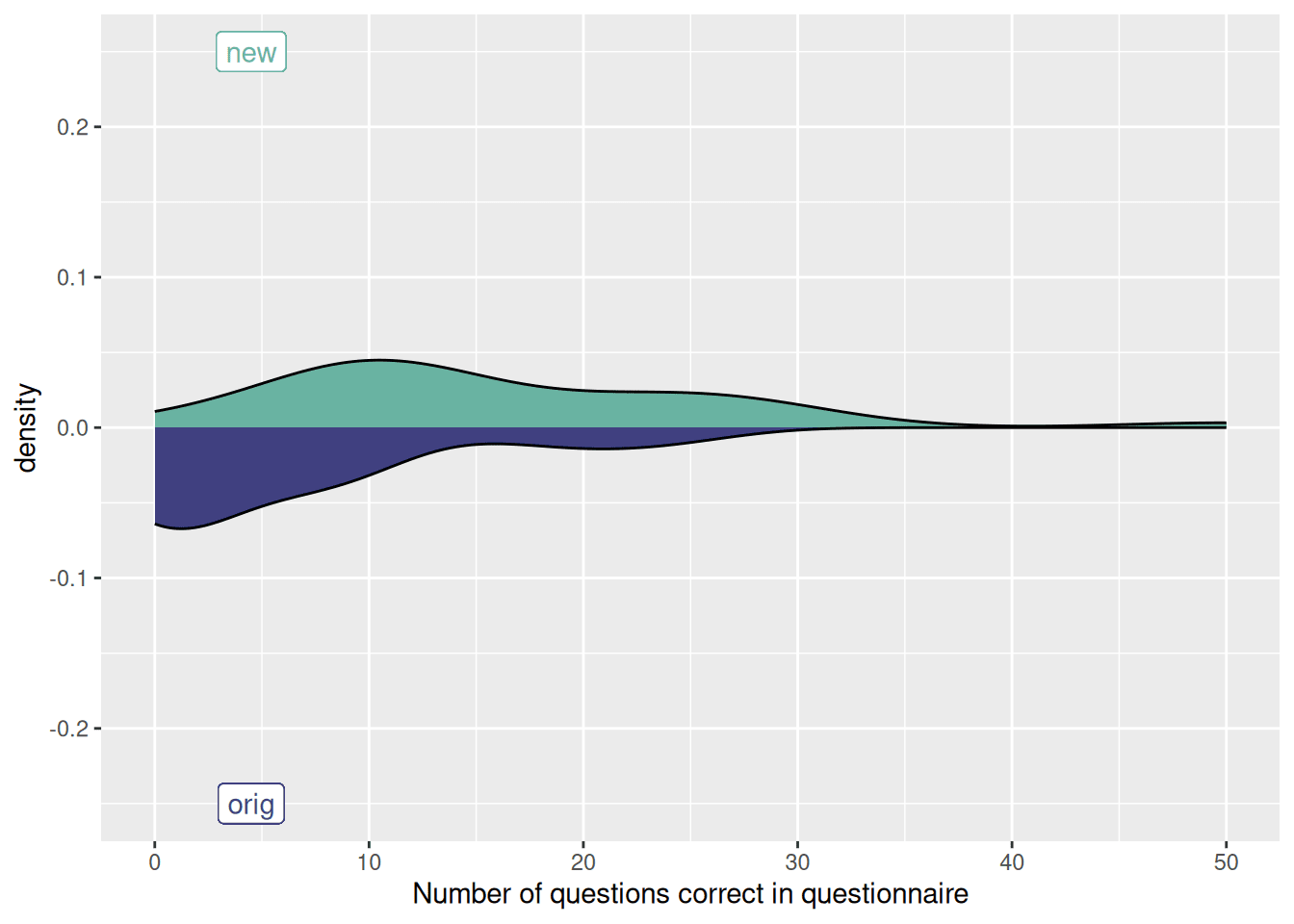
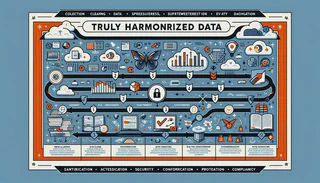
In the era of data-driven decision-making, the concept of harmonised data has emerged as a cornerstone for businesses aiming to leverage their data assets fully. However, despite its critical importance, there exists a significant gap between the perception and reality of data harmonisation in the business world. This blog post aims to demystify harmonised data, highlight the common misconceptions businesses have about their data being harmonised, and explore examples of content that have successfully attracted traffic on this topic.
Data harmonisation refers to the process of bringing together data from various sources and formats, standardizing it to ensure consistency, accuracy, and usability across an organization. In a world where data is collected from a plethora of channels, its harmonisation becomes not just beneficial but essential for making informed decisions. Yet, many businesses operate under the illusion that their data is harmonised, when, in reality, it is siloed, inconsistent, and far from being fully optimized for strategic use.

At its core, harmonised data refers to the process and result of standardizing disparate data formats, schemas, and structures to enable seamless integration, analysis, and utilization across various systems and platforms. Harmonisation involves transforming data from multiple sources so that it aligns with a common set of standards, making it interoperable, consistent, and more valuable for analytical purposes. The ultimate goal of data harmonisation is to create a unified view of information that can inform strategic decision-making without the hindrances of data silos or discrepancies.

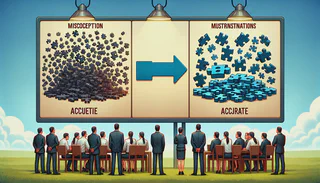
Many organizations believe their data is harmonised simply because it resides in a centralized storage system or because they employ basic data management practices. However, true data harmonisation involves a deep and thorough process that goes beyond mere aggregation. It requires aligning data semantics, scales, and formats across all data sets, a step often overlooked, leading to erroneous decision-making based on inconsistent data. This discrepancy arises from several common misconceptions:
One prevalent misconception is that businesses often assume their data is harmonised when, in reality, there are gaps and inconsistencies. This belief can stem from using modern data integration tools or platforms that provide a semblance of harmony but may not address all underlying issues.
Achieving true harmonised data is not a one-time project. Businesses evolve, technologies advance, and data sources multiply. Continuous efforts are required to adapt and expand harmonisation efforts to encompass new data streams and changing business requirements.
While IT plays a crucial role in data harmonisation, achieving true harmony requires collaboration across departments. Business units, data stewards, and decision-makers should actively participate in the harmonisation process to ensure alignment with organizational objectives.
Some organizations equate having all their data stored in a single location or format with harmonisation. However, true harmonisation goes beyond storage to encompass the standardization of data definitions, formats, and structures across the board.
Integrating data from a few key sources without addressing the entirety of the data ecosystem often leads to a partial, fragmented view. True harmonisation requires a holistic approach, ensuring all relevant data sources are standardized and integrated.
Relying on manual processes for data harmonisation is not only inefficient but also prone to errors. True harmonisation leverages automated tools and processes to ensure data consistency and quality at scale.
Some organizations focus on the quantity of data integrated, neglecting the quality and consistency necessary for true harmonisation.
Harmonisation is not a one-time effort but an ongoing process. Businesses often underestimate the scope, believing their initial efforts suffice for future data requirements.
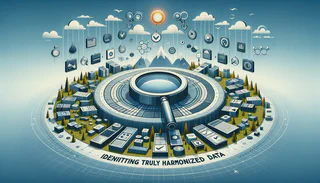
Harmonised data plays a pivotal role in enhancing business intelligence, operational efficiency, and strategic decision-making. It enables organizations to gain a holistic view of their operations, customers, and market trends, facilitating insights that would be impossible to achieve with fragmented data. Recognizing truly harmonised data involves looking for several key indicators:

Despite the critical role of harmonised data in driving business success, a gap often exists between the perception of harmonisation and its reality within organizations. This gap stems from:
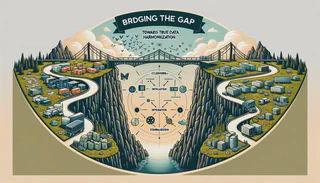
Assessing Current Data Landscape Begin by conducting a comprehensive assessment of your current data landscape. Identify disparate datasets, sources of data silos, and potential inconsistencies. This assessment serves as the foundation for developing a robust harmonisation strategy.
Establishing Data Governance Policies Implementing clear data governance policies is imperative for sustaining harmonised data. Define data ownership, establish quality standards, and enforce protocols for data handling and integration.
Utilizing Advanced Data Integration Tools Investing in advanced data integration tools streamlines the harmonisation process. These tools automate data workflows, enhance interoperability, and provide real-time monitoring capabilities, ensuring continuous data harmony.
Prioritizing Data Quality Assurance Data quality assurance should be an ongoing priority. Regularly audit and cleanse data to identify and rectify discrepancies. Establishing data quality metrics and key performance indicators (KPIs) helps in monitoring and maintaining harmonisation efforts.
Employee Training and Awareness Ensuring that employees are well-versed in data harmonisation principles is essential. Conduct training programs to enhance data literacy and awareness, fostering a culture where everyone understands the importance of harmonised data.
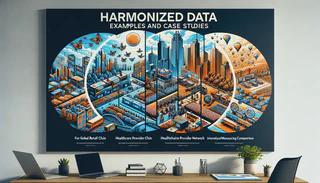
Harmonised data is crucial for organizations dealing with data from diverse sources. It ensures consistency, comparability, and usability across different systems. The process involves standardizing disparate data formats, definitions, and structures, leading to improved decision-making, enhanced analytical capabilities, and more efficient data management. Below are case studies that highlight successful data harmonisation initiatives across various industries, detailing the challenges faced and the benefits realized.
A global retail chain with operations in multiple countries struggled with inventory management due to inconsistent data across its national operations.
A network of healthcare providers struggled with sharing patient data due to non-standardized formats and terminologies.
An international banking corporation faced difficulties in regulatory reporting due to inconsistent financial data across its global operations.
A multinational manufacturing company faced challenges in product lifecycle management due to inconsistent product data across its global operations.
These case studies demonstrate the value of data harmonisation in overcoming operational challenges and leveraging data for strategic advantage. Despite the complexities involved, the benefits of improved data quality, efficiency, and decision-making capabilities are significant and can drive transformational change across industries.

Achieving true data harmonisation requires a comprehensive approach that encompasses technological, procedural, and organizational strategies. Here are key strategies businesses can adopt to ensure data consistency, accuracy, and usability across their operations.
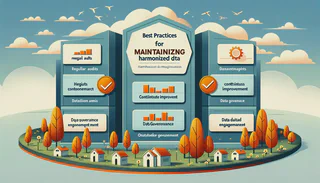
Maintaining harmonised data is an ongoing process that requires continuous effort and attention. Here are some best practices to ensure the long-term success of data harmonisation initiatives.
Implementing these strategies and best practices can help organizations achieve and maintain data harmonisation, leading to improved decision-making, operational efficiency, and competitive advantage.
Truly harmonised data is not just a technical achievement; it’s a strategic asset that requires commitment, collaboration, and continuous effort. By recognizing the common pitfalls that lead to the illusion of harmonisation and adopting a structured approach to unify data, businesses can unlock its full potential. The journey towards data harmonisation is ongoing, but with the right mindset and tools, it can lead to unparalleled insights and efficiencies.
As the digital landscape continues to evolve, the value of harmonised data will only increase. Businesses that recognize this and invest in the process will find themselves ahead in a data-driven world, capable of making more informed decisions, fostering innovation, and achieving sustainable growth.
